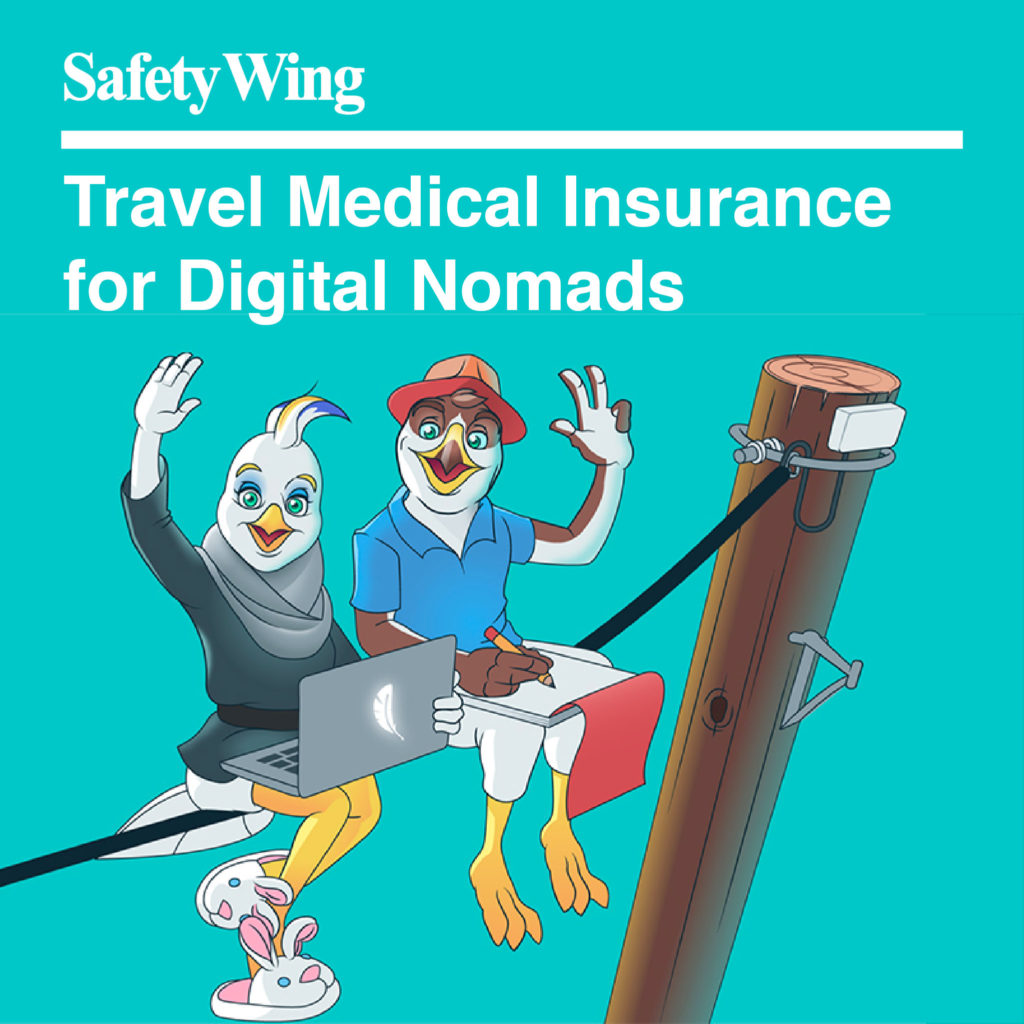Marketable Skills for Remote Work in Web Design and Development
Web design and web development are skills that are in
Helping companies find the best way to structure and design those interactions is a lucrative field, and it is very convenient for remote work as all the tools you need are a computer and a phone.
Do you ever wish you could design websites on the internet? How about doing technical stuff such as writing programming languages?
To start a web design or web development career, it is necessary to learn and master the tools of the trade. You don’t really need to go to college and earn an academic degree to do that. It will help, however, if you would take a few courses to learn the ropes and get ample training. The field is becoming crowded, and you definitely have an edge if you know what you’re doing (as in any other field).
Here are some skills you should develop to become an in-demand designer or developer who can work remotely:
User Experience (UX) Design

What is it?
Basically put, User Experience (UX) Design is all about making a program or interface easy to use and accessible to all users. It’s actually the backbone of website design, but it’s also the technical side of the whole process. As its name suggests, it’s about delivering customer satisfaction in his or her use of the application or website. UX is about creating a great experience. It can apply to programs used on the cellphone, computers or websites.
Is it hard to learn?
Like any other field, it takes effort to learn UX design if you’re starting from zero. It’s not impossible, however, if you are a hard worker and a persistent learner. As a start, enroll in online courses on UX Design such as those offered on Coursera and or Lynda.com. It would also help if you follow recognized experts and blogs in the field like UX Collective or UXmatters to get some insights.
Lastly, master a particular software for creating UX Design and prepare some sample works. Even if you don’t have an academic degree, a portfolio will tell potential clients that you have the talent. It is more important what you can do than what you say could do, so have something ready to show.
How much can I earn?
According to Upwork.com, the average rate per hour of a UX designer can generally range from $25-$75. For remote working, pay by the hour is often preferable over fixed price work due to the time-consuming nature of the design process.
User Interface (UI) Design
What is it?
While UX Design focuses on the engineering aspect of application design and how the experience is structured, User Interface (UI) Design is more concerned with how the interfaces look.
It deals with the typography, color scheme, and other parts of the application that are related to aesthetics. UI design focuses on the looks of an application while UX design considers the system that runs the whole application.
Is it hard to learn?
Similar to UX Design, UI design is a skill that can be developed by enrolling in online courses, reading books and just practising on projects. Courses like this one offered on edX offer some basic introduction to UI design. To develop your eye for graphics, however, it would be wise to check out general design theories. Try checking out this course from Coursera to learn about visual elements in web design.
How much can I earn?
According to Upwork.com, a UI designer’s hourly rate can vary depending on the project type he or she is to work on. On an average, someone who is hired to do interface layout/design can command an hourly price of $30-$125. Visual designers, meanwhile, can charge anywhere from $40-$90 while those doing interaction design can charge from $35-$105.
HTML and CSS Design

What is it?
HTML is the ABCs of web development. It stands for Hyper Text Markup Language, the most basic code used to construct a website. This tool is your initial step toward becoming a front-end web developer.
CSS, on the other hand, focuses on the aesthetics of a website. It is short for Cascading Style Sheets. Whereas HTML is about forming the structure of the website, CSS determines your document’s layouts, colors
Is it hard to learn?

With consistent
It’s something that does not need a thousand dollar-degree to learn and master. In fact, it’s possible to do basic HTML design in less than a month.
You can start learning the basics of HTML at HTML Academy or taking the 101 course at Skillscrush.com. It is recommended that you study this first before you tackle CSS. Once you’ve gotten the hang of HTML, you can study the basics of CSS at Codeacademy.com for free. Once you become independent in building and beautifying your own website, it’s time to create your portfolio to start applying for jobs online.
How much can I earn?
There are numerous job opportunities that you can tackle with basic skills in HTML and CSS. You can be a custom website builder, a Tumblr page maker, a WordPress developer or a junior web developer among other positions.
To give you an idea how much you can potentially earn with this skill, Upwork.com states that a basic front-end developer skilled in HTML, CSS, and Javascript can earn anywhere from $15-$50 per hour. Other jobs pay usually on a
You can expect your pay grade to go up once you learn other programming languages and gain experience.
Ruby Development
What is it?

A Ruby developer uses the programming language Ruby to develop web applications. More often than not, Ruby on Rails is the framework you have to master if you want to make it big in this industry. Learning frameworks like Angular or React, however, will broaden your job opportunities. If you have the aptitude and passion, it’s best to learn both front-end and back-end frameworks to launch your career as a web developer.
Is it hard to learn?
If you already have some background with programming languages that use data types, conditionals and variables, it would be easy for you to learn Ruby. If you don’t, it would be best to get acquainted first with simpler languages such as HTML and CSS first.
After which, you can take basic courses in Ruby like this one from Udemy or read up on an introductory e-book such as this from Chris Pine. You can then tackle Ruby on Rails with short courses such this one on Coursera or tutorials like this one from Michael Hartl. Lastly, get a mentor on websites such as Railsmentors.org to help you master your skills and get hired.
How much can I earn?
As per Upwork.com, a Ruby developer with the capacity to work with Ruby and Ruby on Rails can command a rate of $35- $50 per hour. Those that are skilled in other Ruby framework such as Sinatra, Python/ Django, C#/.NET and PHP/Laravel can earn as much as $40-$100 per hour. Lastly, a full-stacked developer who has a good grasp on both front-end and back-end frameworks can earn the most, at $45=$150 per hour.
Mastering Web Design and Development
A web designer and web programmer play two different roles in the creation of an application or website, but it doesn’t mean that you can’t be both. While the first one is more involved in the graphics and interface that users will see, the second one is all about writing the code that will run the whole program.
It pays to have a working knowledge of both fields whether you choose to specialize in one or the other. Having a good sense of design will allow you to envision the output of your code better. Likewise, knowing how the program is written will allow you to set parameters in your design and create programs that are feasible.
Whether you choose to be a designer or a developer, remember that learning is a never-ending process. Even if you count numerous jobs or years of working experience under your belt, continue to update yourself on the latest trends in the industry. If you’re starting from scratch, however, have some patience and persist in training so that eventually, you can break into the market.
With these things in mind, are you ready to jumpstart your career in web design and development? Do you have any questions or advice you’d like to share? Leave them in the comments below.



